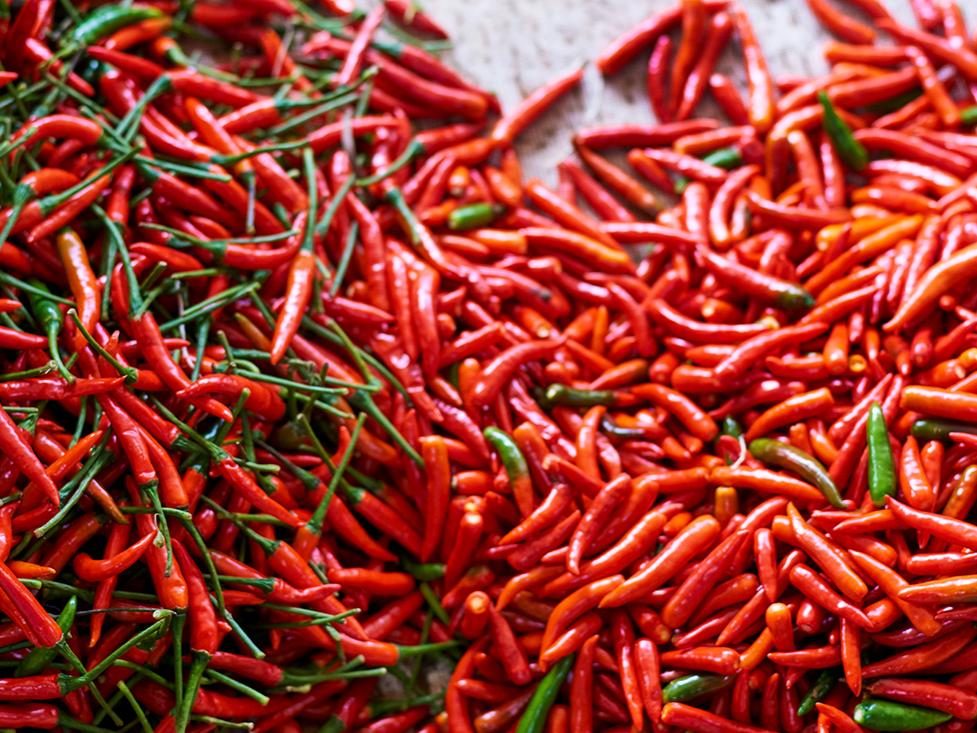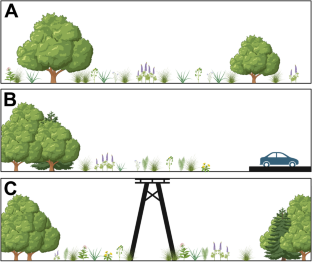2024-01-31 ペンシルベニア州立大学(PennState)

A new study led by researchers at Penn State suggests the classic interpretation that fat is responsible for milk’s ability to cut the burn caused by the chili extract capsaicin is an oversimplification. They found that protein content matters, too. Credit: Bryon Lippincott/Flickr. All Rights Reserved.
◆これは脂肪だけでなく、タンパク質も口内の熱感を抑えるための有効な成分である可能性を示しており、将来的な食品製品の開発において脂肪とタンパク質の相互作用を考慮する必要がある。
<関連情報>
- https://www.psu.edu/news/research/story/proteins-milk-not-just-fat-may-help-reduce-oral-burn-spicy-food/
- https://www.sciencedirect.com/science/article/abs/pii/S0950329323002355
脂肪だけではない-乳製品や植物性ミルクに含まれるタンパク質がカプサイシンによる口内火傷の軽減に寄与する More than fat – Proteins in dairy and plant milks contribute to the reduction of oral burn from capsaicin
Justin Gaiser, John E. Hayes
Food Quality and Preference Available online:7 November 2023
DOI:https://doi.org/10.1016/j.foodqual.2023.105041
Abstract
The effectiveness of cow’s milk in reducing capsaicin-induced burn is well-known, and typically attributed to capsaicin’s lipophilicity. Still, controlled laboratory studies show full-fat milk is not more efficacious than fat-free milk, suggesting other components may contribute to milk’s effectiveness. Recent research has shown milk proteins like micellar casein and whey reduce capsaicin burn in the absence of fat. This paper reports two experiments in moderate capsaicin users that investigate the efficacy of dairy and plant milks varying in fat and protein content. In Experiment One, participants were exposed to 5-ppm capsaicin solutions before rinsing with conventional full-fat milk, ultra-filtered full-fat milk, almond milk, soy milk, and pea protein-enriched flax milk. In Experiment Two, they rinsed with fat-free, conventional full-fat, and ultra-filtered full-fat milk, and three soy milks of varying protein content. Participants made burn ratings on a general Labelled Magnitude Scale (gLMS) once every 10 s for 2-min (Experiment One) or continuously for 2-min (Experiment Two). Experiment One showed significant main effects of time and sample, with planned comparisons revealing differences for water versus conventional and ultra-filtered full-fat milk. In Experiment Two, a main effect of time and a time-by-sample interaction were observed, with samples in both blocks (soy milk, dairy milk) significantly outperforming water. Some evidence of a concentration-dependent effect was observed for protein, with both experiments suggesting ultra-filtered high protein full-fat milk was most efficacious. These findings suggest proteins play a role in mitigating capsaicin burn, although further research is needed to quantify the relative contributions of fat and protein.


